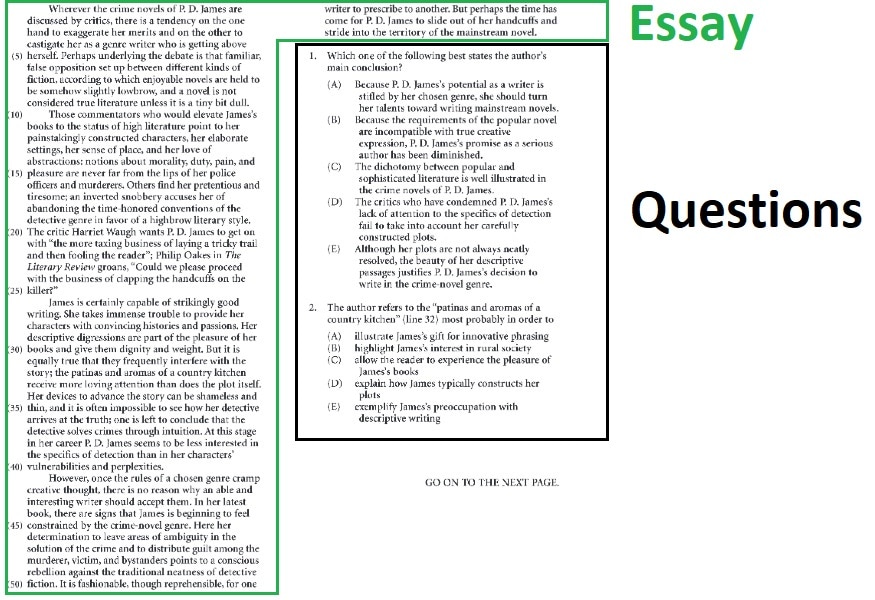The LSAT Reading Comprehension section is similar to that of the SAT and ACT exams but more challenging. LSAT passages tend to focus upon disputes and arguments (the legal process is based on an adversarial trial process, so this makes sense).
This course will teach you to “read between the lines.” Many of the reading techniques were already covered in our informal logic discussion, so you should review Logical Reasoning first. LSAT Reading Comprehension passages can be generalized as just informal logic arguments that stretch out into 450+ word passages.








